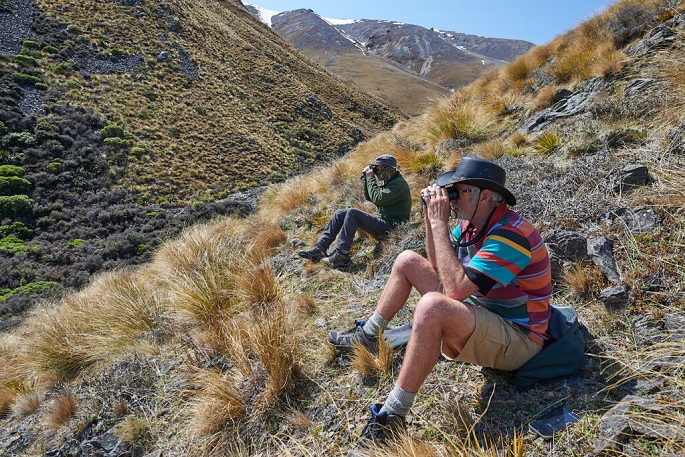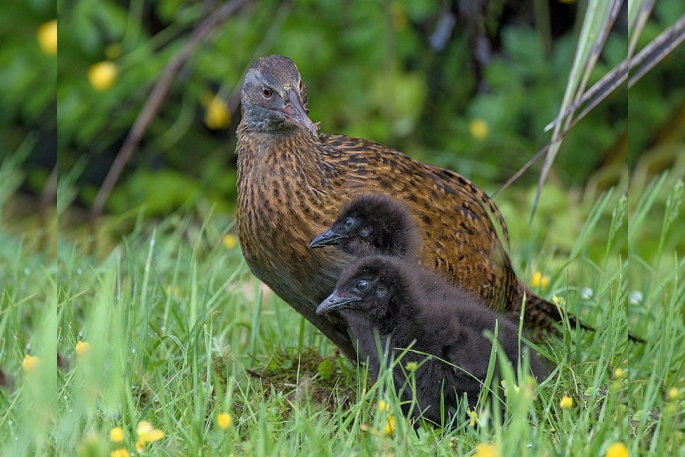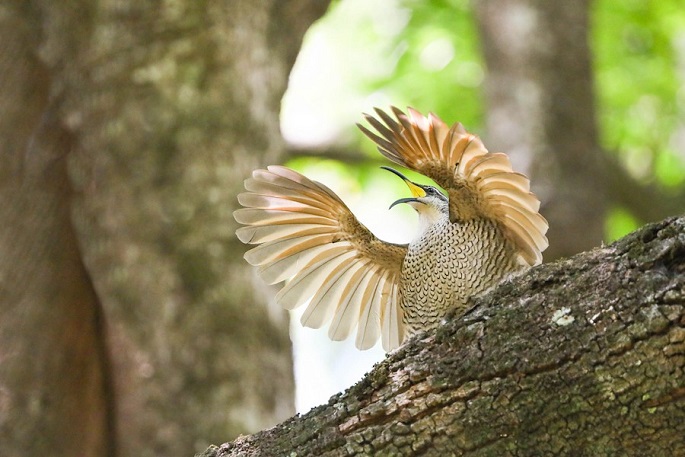The New Zealand Bird Atlas project has finished, after running for five years from 2019 - 2024.
The community involved in the project which ended at midnight Friday, May 31, observed 309 species of bird over the five-year period.
The top three most common species were pahirini/chaffinch (2,896 squares), manu pango/blackbird (2,870 squares), and tauhou/silvereye (2,868 squares).
The fourth most ubiquitous species was riroriro/grey warbler (2,845 squares) confirming its status as one of the most widely distributed endemic bird species of NZ.
This is one of the largest community science projects in New Zealand coordinated by Wildlife Management International Limited on behalf of Birds New Zealand.
 Kakapo. Photo: Jake Osborne.
Kakapo. Photo: Jake Osborne.
Over 441,000 checklists and 145,000 hours’ worth of effort have gone into the project from volunteer birders across the country to help gather as many observations as possible and upload them via the community science platform, eBird.
“The key aim for every participant was to try and detect/observe all the possible species within grid squares that covered the entire country," says Atlas Coordination Team Leader Dan Burgin.
"Over 3,232 grid squares, each 10 x 10km, were established to help guide surveyors’ efforts."
 Otago Atlasers in Naseby, October 2022. Photo: Craig McKenzie.
Otago Atlasers in Naseby, October 2022. Photo: Craig McKenzie.
The project has finished with over 97.3 per cent of those (3,145) having received bird observational data.
The community’s efforts have been bolstered by data also being uploaded by the Department of Conservation, several regional councils, Environment Canterbury, Environment Southland and many more organisations.
Additionally, Toi Toi Wines provided funding for six Atlas expeditions to target under-surveyed areas and increase coverage.
“The project envisaged collecting up to date information on bird species in Aotearoa to help inform conservation decision making in the future, and ultimately trying to prevent more species from coming as close to extinction as species like kākāpō," says Dan.
"That aim was met with the amount of coverage and the numbers of checklists submitted."
Dan notes that an important output from this new Atlas project will be the ability to compare bird distribution between the past two Atlas project datasets, enabling us to describe nationwide changes in bird distribution over a large timescale.
A strong partnership with the Cornell Lab of Ornithology allowed this Atlas scheme to be the first in its history to be a digital-first project.
With eBird offering real-time data entry and outputs, the Atlas community were able to enter observations directly through the eBird app, as well as follow along with results throughout the project, either through the main page or the Atlas Effort Map.
This was a far cry from the paper-based days of previous Birds New Zealand Atlas projects!
"This was a project that was dependent on a community united by a shared passion, and the Atlas Coordination team have been blown away by how the community have come together to meet the aims of the project," says Dan.
"Over 145,000 effort hours went into the project, which equates to over 6,000 days’ worth and nearly $3.5 million dollars if paid out at living wage."
 Weka Gallirallus australis. Photo: Christopher Tuffley/Macaulay Library/eBird.
Weka Gallirallus australis. Photo: Christopher Tuffley/Macaulay Library/eBird.
It is worth noting that this doesn’t take into account the large amount of time and effort spent planning and travelling to Atlas across the country to fill in each of the grid squares with data, nor does it take into account the extra costs associated with travelling.
To add to that, the community has navigated a global pandemic, with national lockdowns, and the rising costs of living over the project’s lifespan, but have still amassed an impressive and nationally significant dataset.
More of the results will be presented by the Atlas team at the annual Birds New Zealand conference in Nelson over Kings Birthday weekend, as well as in an e-Book the Atlas Coordination team plan to publish next year.
"Quite simply, the Atlas community have achieved an incredible feat, helping amass a vast amount of valuable bird observation data across the country," says Birds New Zealand president Bruce McKinlay.
"This will have lasting and positive impacts on bird research and conservation in Aotearoa and continues the impressive legacy of these Birds New Zealand Atlas projects."



0 comments
Leave a Comment
You must be logged in to make a comment.